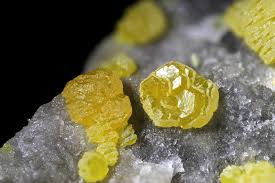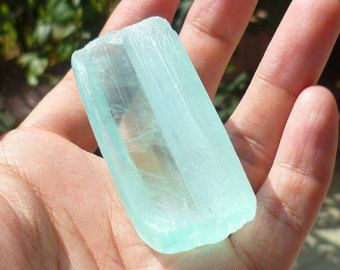Beryl Gems
Beryl in its purest form is completely colorless (goshenite).
Trace impurities and coloring agents are responsible for the
many different colors found in gemstone varieties of beryl.
Beryl is one of the most important mineral groups and also
one of the biggest gemstone groups.
Although the mineral is abundant, it rarely occurs in transparent
gem-quality material. Transparent gem-quality beryl is referred to
as 'precious beryl'.
The most famous beryl gemstone is green emerald,
followed by blue aquamarine. Golden beryl is not very well-known by
the general public.
Other popular beryl gems include pink 'morganite'
and white, or colorless,'goshenite'.
Red beryl is the rarest variety of beryl and it is known in the trade as 'bixbite'.
The most famous beryl gemstone is green emerald,
followed by blue aquamarine. Golden beryl is not very well-known by
the general public. Other popular beryl gems include
pink 'morganite' and white, or colorless,'goshenite'.
Red beryl is the rarest variety of beryl and it is known in the trade as 'bixbite'.
|
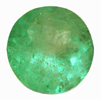
|
Name: Beryl
color:
Measurement:
Inclusion:
Weight:
Treatment:
Price:
|
|
Emerald
Emerald is the most precious stone in the beryl group.
The wonderful green color of emerald is unparalleled in the gem world.
Most of the finest emerald available today is sourced from either
Colombia, Zambia or Afghanistan.
Emerald, by definition, is a medium or darker green to blue green beryl,
in which the green color is derived from impurities of chromium, vanadium,
or a combination of both.
The most popular and valuable color is a slightly bluish green in a
medium dark tone with strong to vivid saturation.
Clarity is important, but inclusions are tolerated more in emerald
than virtually any other gem.
Unlike other beryl gems, emeralds often contain inclusions and other flaws.
These flaws are not looked on as negative aspects for emerald like
they would be for other gemstones.
Indeed, these flaws are considered part of the character of the stone
and are used to assure the purchaser of a natural stone. Other beryl gemstones,
include golden precious beryl (sometimes referred to as heliodor), pink morganite,
blue-green aquamarine, red bixbite and white goshenite. Emeralds are often given
the classic 'emerald-cut'.
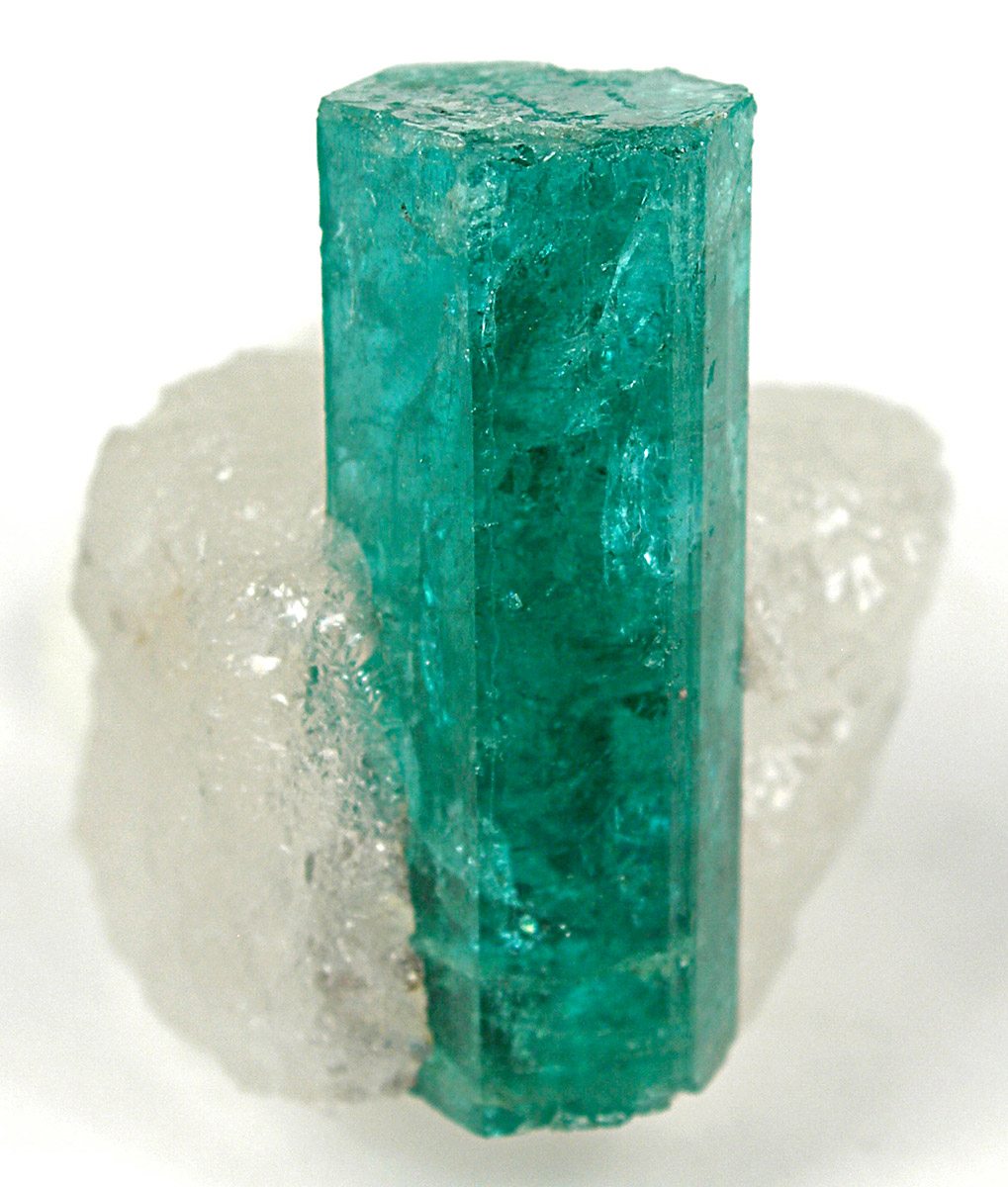
|

|
Name:
Emerald
color:
Measurement:
Inclusion:
Weight:
Treatment:
Price:
|
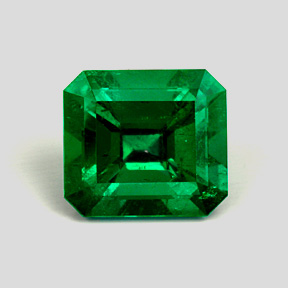
|
Name:
Emerald
color:
Measurement:
Inclusion:
Weight:
Treatment:
Price:
|
|
Aquamarine
Aquamarine is best known for its breathtaking range of blue colors
and belongs to the same family as emerald (beryl). The name derives
from the Latin expression for seawater.
Aquamarine is colored by trace amounts of iron that find their way
into the crystal structure. A dark blue is the most desired color.
Aquamarine possesses a durable hardness (7.5-8 on the Mohs scale),
which qualifies it for any kind of jewelry.
|
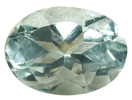
|
Name: Aquamarine
color:
Measurement:
Inclusion:
Weight:
Treatment:
Price:
|
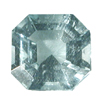
|
Name: Aquamarine
color:
Measurement:
Inclusion:
Weight:
Treatment:
Price:
|
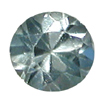
|
Name: Aquamarine
color:
Measurement:
Inclusion:
Weight:
Treatment:
Price:
|
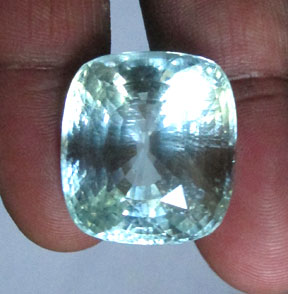
|
Name: Aquamarine
color:
Measurement:
Inclusion:
Weight:
Treatment:
Price:
|
|
